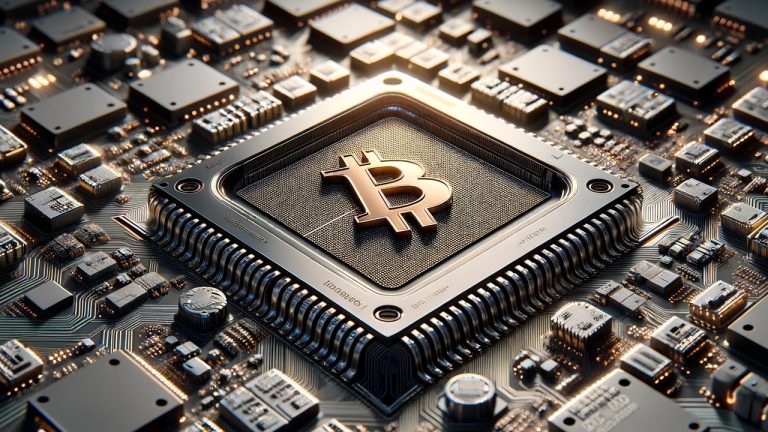
Several years ago, the landscape of ASIC bitcoin mining producers was diverse. Yet, over the recent couple of years, a select few top manufacturers have sustained the production of bitcoin mining rigs.
ASIC Mining’s Changing Landscape
Once, numerous ASIC producers flourished, but today, only a few remain active in manufacturing bitcoin mining rigs. Currently, prominent names like Bitmain, Microbt, Canaan, and Auradine dominate the conversations.
Previously, industry leaders also included Bitfury, Innosilicon, GMO, Ebit, and Halong, alongside the still-active Canaan, Microbt, and Bitmain. Auradine, originating in California and known for its Teraflux miners, marks a relatively recent entry into the space.
Bitfury, while still engaged in the mining sector, has shifted its focus from ASIC production to blockchain infrastructure, offering services like operational management and optimal energy locales, alongside its Blockbox AC. The company continues to offer its Tardis server, launched in 2018, delivering 80 terahash per second (TH/s) of SHA256 mining power.
Once a prominent player, Innosilicon now pivots towards providing ASIC customization for bespoke ASIC apparatus. Despite its earlier dominance, Innosilicon’s Terminator units are no longer sold on Innosilicon’s web portal. The Japanese firm GMO Group, previously an active manufacturer of bitcoin mining machinery, halted its shipments of 7nm semiconductors in November 2018 and subsequently exited the manufacturing scene the following month.
2018 also saw Halong Mining emerge, with some predicting it would dethrone Bitmain. Despite these predictions and controversies over the originality of its miners, Halong has since ceased production, with its last social media update in May 2018. Ebang, another manufacturer that has quieted down, released its last significant model, the Ebit E11++, in October 2018, offering up to 44 TH/s.
While earlier machines from Bitfury, Halong, Ebang, GMO, and Innosilicon are now considered outdated compared to modern Avalons, Antminers, Whatsminers, and Teraflux miners, they still find use under specific, low-cost electricity conditions and continue to circulate in secondary markets.
Canaan continues to innovate with its Avalon ASIC mining rigs, the first ASIC bitcoin miner in the market, enhancing efficiency. Bitmain and Microbt remain influential, consistently releasing new lines of Antminers and Whatsminers. Microbt has maintained a strong presence in the industry since 2016. All three have been actively engaging with specific mining operators this year.
For example, Stronghold Mining partnered with Canaan’s Cantaloupe Digital and followed up by ordering 2,000 Avalon-made machines. Recently, Bitmain and Microbt have distributed thousands of advanced mining machines to leading industry players. North American newcomer Auradine introduced itself in 2022, recently unveiling its Teraflux bitcoin miners.
Like Canaan, Microbt, and Bitmain, Auradine has focused on producing miners with improved efficiency and high terahash output for both air-cooled and immersion-cooled systems. Since the inception of air-cooled machines, the advent of hydro-cooled and immersion-cooled ASICs has significantly increased the terahash output and efficiency of these devices.
The consolidation of just a few key players begs the question: What’s driven the mass departure from the bitcoin mining industry? It might be the industry’s exacting competition and substantial entry barriers that make it a formidable arena for sustainability. The hefty investment demands, swift pace of technological progress, and the crypto market’s inherent volatility could dissuade newcomers and thin out those unable to adapt quickly or expand effectively.
The enduring presence of certain manufacturers that have lasted stands as a testament to their adaptability and robustness in the demanding realm of high-tech semiconductor and ASIC bitcoin mining rig production.
What do you think about the fact that there aren’t as many bitcoin mining rig manufacturers as there used to be? Share your thoughts and opinions about this subject in the comments section below.














